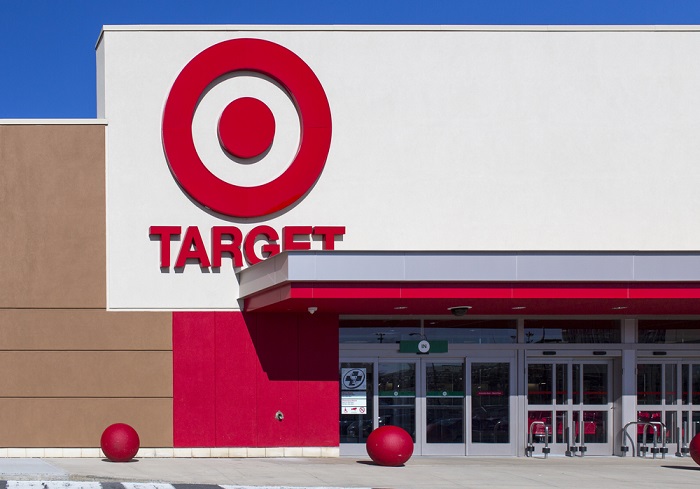
While there will doubtlessly be many contenders for retail buzzwords of the year, “experiential retail” will likely be in the running. Analysts, industry executives, journalists and other assorted experts agree: Physical retail’s secret weapon and great edge is its ability to elevate the shopping session.
But how exactly to “elevate” the experience? That’s a somewhat more complicated question driven on the simply reality that there are a lot of options out there. There are technology-based solutions that rely on using mobile technology to learn more about customers — and then leverage that data to customize offers, rewards and merchandise for said customers. There are the vast and various cross-channel plays built conceptually around consumer convenience and the ability to start, stop, continue and complete retail transactions seamlessly across physical and digital locations.
Then there are the plans that hinge on the design of the physical space itself — and attempts to draw consumers with the space shopping happens in, as opposed to with the items for purchase alone.
An instinct that clearly lies behind Target’s recent move to redesign its store interiors and put, as Fortune put it, a little more “Tar-zhay” back into Target. So how’s it looking?
“We realized we were making them [customers] work too hard,” Target CEO Brian Cornell told the WWD Apparel and Retail CEO Summit in New York last week. “When you walked into our stores to browse, all you saw were a sea of racks or a string of search results. So we owed our customer a better presentation.”
Cornell, when he took the reins at Target two years ago, faced a daunting task. The firm was coming off of the massive PR disaster that was the 2013 Christmas data breach, years of depressed retail commerce due to the Great Recession and an ever-expanding field of competitors, especially in cheap chic fashion and home goods.
And while Cornell was widely considered a highly successful executive, his experience was mostly in food and many news outlets, including The Wall Street Journal, wondered if Cornell had the retail, turnaround and eCommerce experience necessary for boosting Target’s reputation.
But turnaround, it seems, Cornell has, or at least like he’s made a strong start on one with sales going up for the last three consecutive quarters. And a large part of that success is built on mechanizing with an eye toward context, instead of merely maximizing the amount of content.
That has meant an aesthetic to match traditional department stores more closely, with mannequins used to inspire customers ideas on how to put an outfit together. And while that may seem like a tiny change, Cornell notes that in the 87.5 percent of stores where mannequins have rolled out, fashion sales are up 30 percent.
That eye for providing contextual placement for retail goods has expanded into what the store has termed “home innovation” areas that showcase housewares in staged scenes. The theory is that helping consumers imagine themselves with the goods, the vignette-based merchandizing will inspire customers to buy more.
Home innovation areas appear in 262 Target stores, where they have been observed to pushes sale three or even four times higher. That big upswing has motivated Target to enlist 1,400 visual merchandising experts by the end of the year.
The renewed focus on presenting material in-store in a way that makes them easier to picture in one’s home is part of a much bigger effort for Target under Cornell, as the big-box retailer makes its transition into the post-box retailer world that is emerging.
Some of those efforts are odd: putting a bar in a Target seems an unusual (though admirably out of the box) move to change the in-store experience. We’re not sure it will get much traction, but it sure is interesting.
However, Target has also made big investments in its technology programs this year. This summer saw a big bet on beacon tech, and this fall has seen major expansion in its omnichannel efforts and even a big leap onto the tech accelerator bandwagon.
Because, for Target, the name of the game now is novelty — and being a touchstone for consumers, without being so predictable as to be uninteresting.
“There is an insatiable need to surprise our guests,” Cornell said. “We had to elevate our assortment and the shopping experience.”